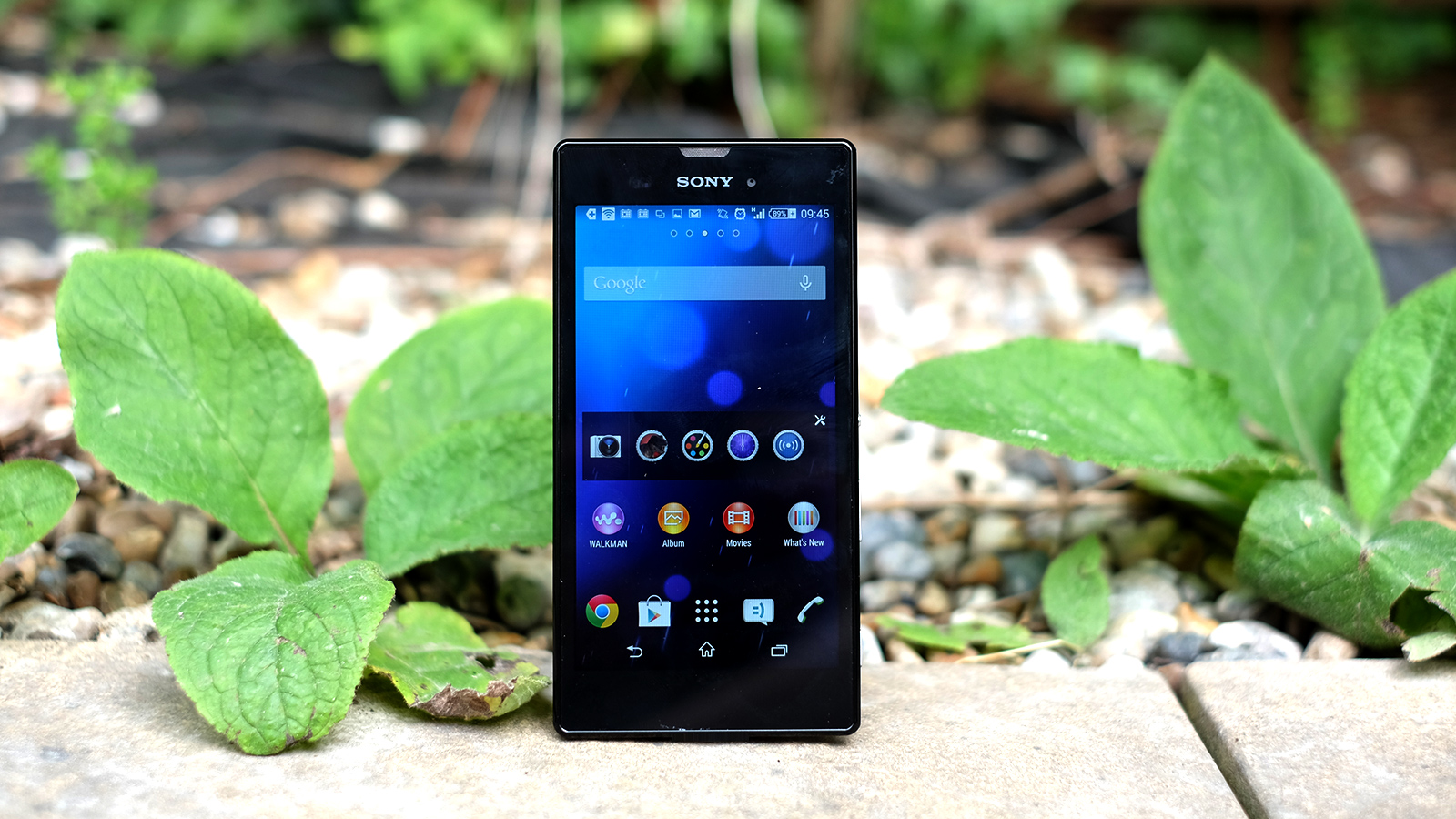Why you can trust TechRadar
The Sony Xperia T3 has an 8MP main camera, and uses the same sort of camera app as the other Xperia phones. By default, it boots into a superior auto mode that is a true point and shoot affair.
You just select what you want to focus on and the app does the rest, picking the settings to use. It displays them at the corner of the screen too, which is a nice extra.
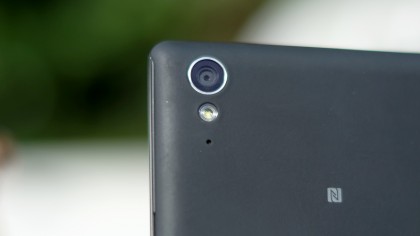
It's a little less prescriptive than it has been in the past – at one point it didn't even let you pick a subject, or shoot at full resolution. As standard the Xperia T3 actually shoots 5MP 16:9 images, and you need to switch to 4:3 shape photos to use the whole of the camera sensor.
However, superior auto still doesn't give you access to the HDR mode, so it's still not a 100% go-to mode. To use HDR you need to skip to the manual mode, which lets you pick scenes (and HDR) yourself.
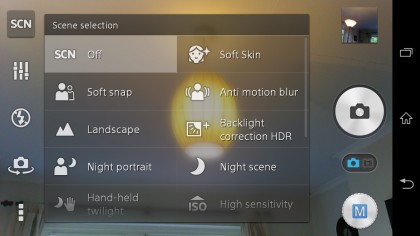
I'd ideally like to see Sony's superior auto mode adopt an HDR switch in future, as it's the easiest way to make mobile phone photos with real pop. The Xperia T3's HDR mode is pretty effective too, and photos often look dull and underexposed without it.
In good lighting, the Xperia T3's photos are quite good, with decent colour reproduction that flops over into oversaturation at times – better than being horribly washed out, but it doesn't leave photos looking very natural.
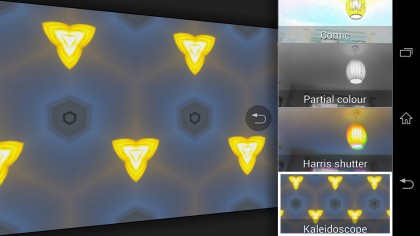
There is also quite a lot of noise, which degenerates into fairly serious purple colour noise with indoors or low lighting.
The camera's okay but not great. And low-light performance is worse than some of the other Xperia phones. Where the Xperia Z2 massively ramps-up the brightness and calls in extreme noise reduction for very low-light shots in order to make them much clearer, the Xperia T3 lets them stay quite dark.
It means the phone maintains colour fidelity better in low light, but also means you can't really take true low-light shots without using the LED flash.
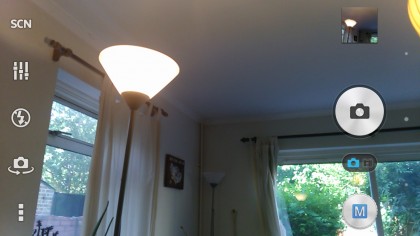
However, you do get loads of fun modes. There's the augmented reality mode that puts 3D dinosaurs or fish into your photos (perfect for entertaining the kids), and a good crop of creative filters, some of which are a good deal more dynamic than the norm.
Video capture tops out at 1080p resolution – no 4K here – and there's no optical stabilisation. At the price, both the Nexus 5 and LG G2 offer optical image stabilisation, and the LG G2 offers better image quality all-round.
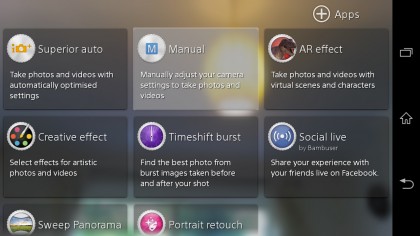
The front selfie camera uses a 1.1-megapixel sensor that produces fairly grainy images. It can cope pretty well with limited indoor lighting, though, so it'll do the job for casual pics and video perfectly well.
Andrew is a freelance journalist and has been writing and editing for some of the UK's top tech and lifestyle publications including TrustedReviews, Stuff, T3, TechRadar, Lifehacker and others.
